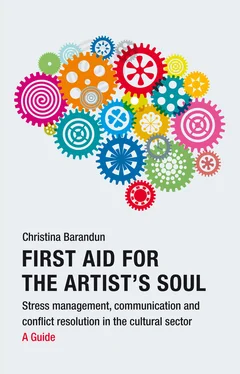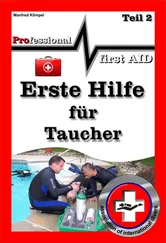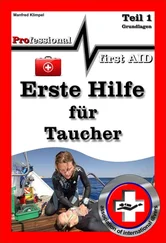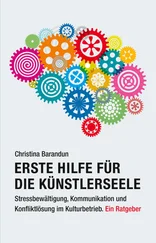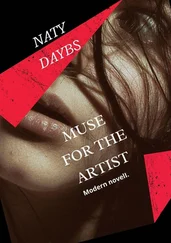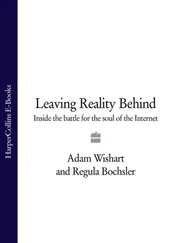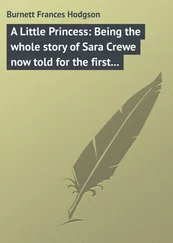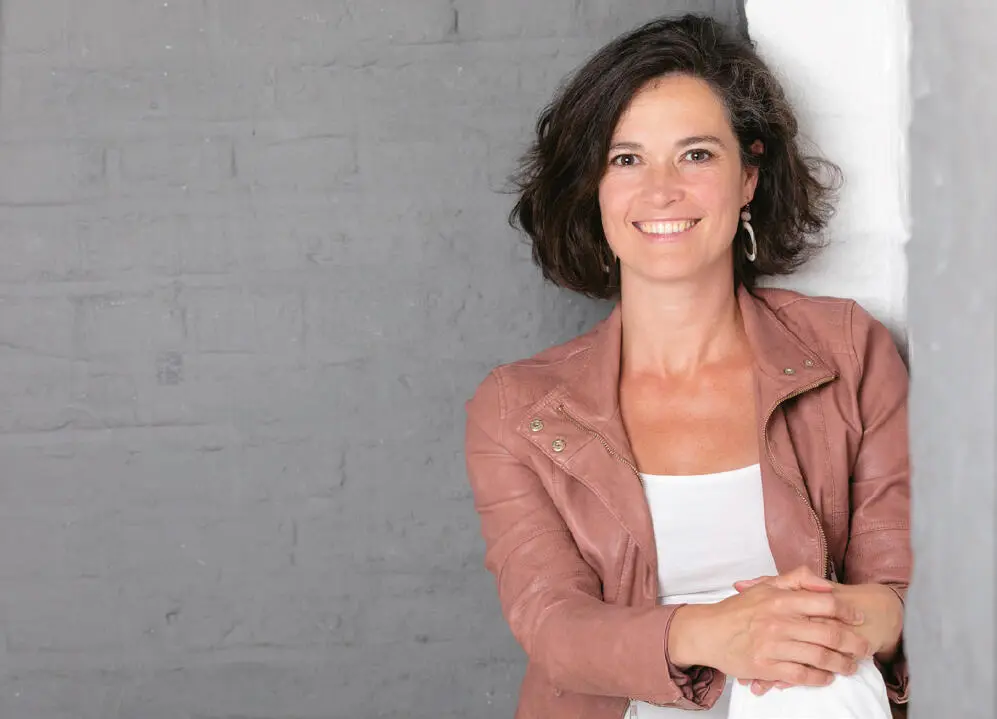
Photo: © Bettina Fürst-Fastré
Christina Barandun, born in 1974, is a theatre scholar and consultant for organisational and employee development as well as corporate health management in theatres. She lives in Bonn, Germany, and works as a coach for executives and teams. In conjunction with exercises from the Japanese martial arts form Aikido, she also holds workshops on stress management, communication and conflict resolution. ( www.barandun.de)
Christina Barandun
FIRST AID FOR THE ARTIST’S SOUL
Stress management, communication and conflict resolution in the cultural sector
A Guide
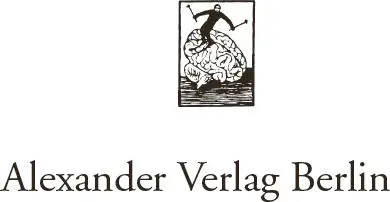
For Yoshi and Daniela – thank you for your ›yes‹.
C. B.
English edition 2021
Original edition
© by Alexander Verlag Berlin 2018
POB 19 18 24, D-14008 Berlin, Germany
www.alexander-verlag.com| info@alexander-verlag.com
All rights reserved.
Proofreading/editing: Christin Heinrichs-Lauer
Translations: Marc Svetov/Jodi Gray
Graphics/layout/cover design: Antje Wewerka
Illustrations: Bettina von Keitz
ISBN 978-3-89581-553-9 (eBook)

Foreword
Introduction: Why endure when you can create?
First Steps Towards a Theatre of the Future
What I’m aiming for with this book
Chapter 1: The Theatre – Lots of Potential for Your Health
The Dilemma of the Artist
The Challenging Work of an Artist
The Myth of the Suffering Artist
Is Artistic Freedom Really Without Boundaries?
The Daily Theatre Madness
Workplace and work organisation
Social structures and relationships
Health Protection as an Opportunity
What is health?
Work protection – to help and support you
When stresses and strains overburden our psyche
A great opportunity for artists
Mental Training for the High-Performance Sport of Art
There is No Such Thing as Impossible!
Chapter 2: The Power of Self-efficacy
Stop Playing the Victim!
The feeling of artistic powerlessness
Between security and artistic recognition
Taking a Stance: The Philosophy of Martial Arts
Budo – the Japanese martial arts philosophy
“It’s up to me how I react”
Assuming Responsibility for Yourself
In the Flow: The Ideal State for Artistic Creation
Be active in creating
The Art of Influence
From powerlessness to self-determination with meaningful goals
What is “good” art?
From paralysing competitiveness to learning and growing
Creating trust
Intrinsic Motivation as the Main Asset of a Theatre
Motivation from within: a precious gift
Feeding the source
Our built-in change engine
Chapter 3: Our Brain and its Creative Potential
Tapping into our unlimited potential
Long-term changes must be holistic
An eternal exchange
Neuroplasticity: changeability throughout life
When stress blocks my potential
The ideal stress level for every task
The built-in biological alarm system
The individual assessment is what counts
For new things to evolve in theatre…
Chapter 4: Methods for Coping with Stress
The art of mindfulness
What is mindfulness?
Recovery methods: How do I “come down” after a stressful situation?
When you are hyped up…
Active physical activities – bodywork for art
The art of taking a break
Passive relaxation methods
Active relaxation methods
Rest – the anchor in everyday life
Healthy diet
Mental training: How do I rate outer and inner stimuli?
The power of thought
Getting to know our inner critics – and reeducating them
Look for the positives while practising healthy realism
Seeing what’s good in theatre
Dare to fail in order to grow – visions of the future
Seeing strengths
Set yourself achievable goals
Acceptance and courage
Don’t take it personally!
Avoid bitching
Mutual support and appreciation
Planning for the future
Personal superstition
Don’t pursue perfectionism – develop your own thing instead
Keep to and set boundaries
What, no suffering? Discover the pleasure of flow
Maintain a sense of humor
Stimulus management: How do I reduce stimuli that trigger stress right from the outset?
The time stress factor
Where has the time gone?
Clear out
Define priorities
Set up a time window
Say no and set limits
Cultivate your social network
Baby steps
Meaning of life instead of longing for love
Chapter 5: Appreciative Communication
What is Communication?
What comes across?
Do I mean what I say? – the right choice of words
The great importance of the emotional level
Cultivate an awareness of “communicative fallibility”
Every point of view is legitimate
The soliloquy
Non-verbal communication
The language of the stage is body language
Power of body language
Basic Techniques of Verbal Communication
The communication bridge: the sender side
The what and the how · Only talk about what’s relevant · Reasons · Transmit and repeat important information · Choosing the right time and place · Give feedback · Inner attitude · Feedback rules · Eye-opener in difficult situations
The communication bridge: the recipient side
The art of listening · Active listening or understanding others · Bear in mind the value of the message · Assume a positive intention · Just say thanks!
The transforming power of appreciation
Every emotion is right to begin with
Who started it?
Let tolerance grow
Seeing what’s good or Why is it so hard to praise?
Assume responsibility for your own actions
Communication as a daily challenge
Chapter 6: Handling conflicts constructively
Conflict as an opportunity
Conflicts built into the structure of the theatre
Conflicts are good
Three steps towards conflict resolution – strategies of self-control
Step 1: Keep Calm
Stable footing · Body alignment and posture · Slow down · Exhale consciously
Step 2: Develop an understanding of the situation
Our constructions of reality · Important signposts: our emotions · Accepting emotions · The power of empathy · Criticism as constructive feedback · Confidently defend your own point of view · Humour · Building trust
Step 3: Finding win-win solutions
What’s most important: Appreciation on a human level · Mustering patience for finding a common path · Being open to new things · Activating creativity · Accepting change as an everyday occurrence
Читать дальше
